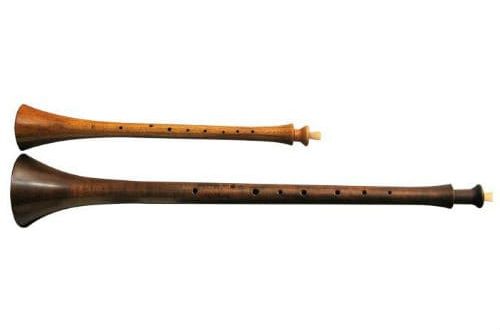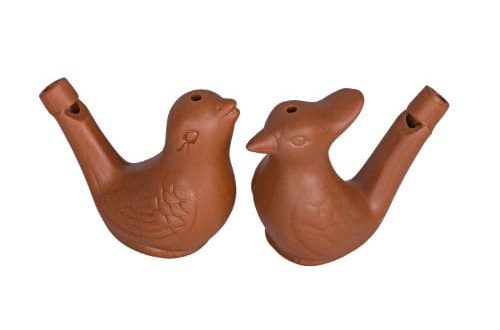
Vuvuzela: what is it, history of origin, use, interesting facts
After the 2010 FIFA World Cup, a new word came into use for Russian fans – vuvuzela. Translated from the Zulu language of the African Bantu tribe, it means “make noise” and very accurately notices the features of the musical instrument of the same name, which instead of a melody reproduces a buzz resembling the buzzing of a giant swarm of bees.
What is a vuvuzela
A device with a conical barrel up to a meter long, ending in a bell. When air is blown in, a rumble is created that is several times louder than the frequency of the human voice.
The power of the emitted sound of a vuvuzela is determined to be approximately 127 decibels. This is louder than the noise a helicopter makes and slightly less than a jet plane taking off.
The tool has another name – lepatata. It is made of plastic, artisanal specimens can be made of other materials. Used by football fans to support players.

History of the tool
The ancestor of the vuvuzela was an African pipe, which since ancient times, the representatives of the tribes used to gather fellow tribesmen for meetings, scaring away wild animals. The natives simply cut off the antelope’s horn and blew it, blowing air through the narrower part.
The inventor of the vuvuzela, without knowing it, in 1970 was a native of South Africa, Freddie Mackie. Watching the fans, he noticed that many of them do not shout or sing, but simply buzz into the pipes. Freddie didn’t have a pipe, so he went to the football Play, grabbing a bicycle horn. Maaki’s horn made a loud sound, but he decided to draw attention to himself by increasing it to a meter.
Fans quickly picked up Freddie’s idea and began to make their own vuvuzelas from different materials, attaching pipes to a bicycle horn balloon. In 2001, the South African company Masincedane Sport registered the trademark “vuvuzela” and began mass production of the instrument. Thus, South Africa is rightfully considered the birthplace of the vuvuzela.
The trumpet was originally made of metal, but the fans began to use the instrument as a weapon, arranging skirmishes with fans of other teams. Therefore, for safety reasons, the pipes began to be made of plastic.

Using
The scandal surrounding the use of vuvuzelas in matches erupted during the 2009 Confederations Cup and the 2010 World Cup. According to FIFA representatives, a long tool in the hands of fans can become a tool, like a bat or a stick. The Football Association has threatened to impose a ban on bringing pipes into stadiums.
However, the South African side stated that the instrument is part of the national culture of fans from South Africa, to ban its use means to deprive fans of the opportunity to preserve their traditions. At the 2010 World Cup Plays, fans could safely walk with vuvuzelas in their hands and cheer for their team.
But in June 2010, the South African pipes were still banned at all sports tournaments in Britain, and in August in France. The national associations of the European Football Union adopted this decision unanimously. In accordance with this decision, vuvuzelas must be taken from the fans at the entrance to the stadiums. Opponents of the tool believe that it does not allow players to focus on the Play, and commentators fully cover the match.

Interesting Facts
- LG TVs from 2009-2010 have a sound filtering function that can reduce noise and make the commentator’s voice clearer.
- In honor of the South African pipe, the first girl named Vuvuzela appeared in a Uruguayan family.
- 20 instruments were sold on the first day after the announcement of the 000 World Cup.
- According to the laws of South Africa, every resident of the country is required to use ear protection at a noise level of 85 dB, and it is allowed to reproduce the sounds of lepatata with a frequency of about 130 dB.
- In Cape Town stores you can buy special ear plugs for football fans, which reduce the noise level by 4 times.
- The largest vuvuzela is over 34 meters long.
Despite the ambiguous attitude towards the form of expressing support for football teams with the help of the South African pipe, the instrument is gradually becoming international. Fans from different countries buy it and paint it in the appropriate colors, expressing unity with the players.





